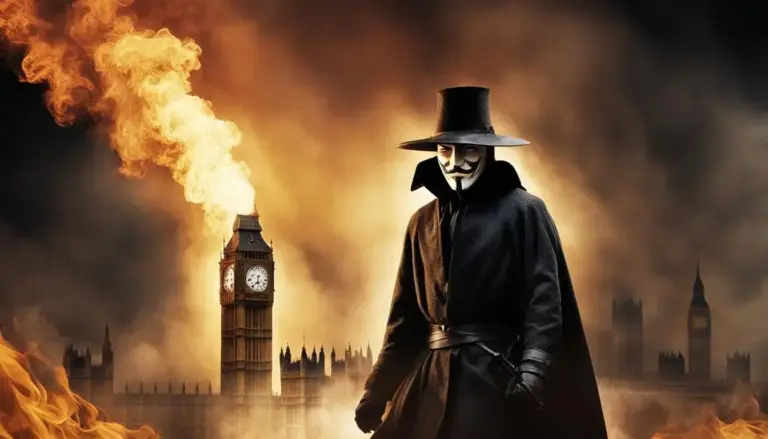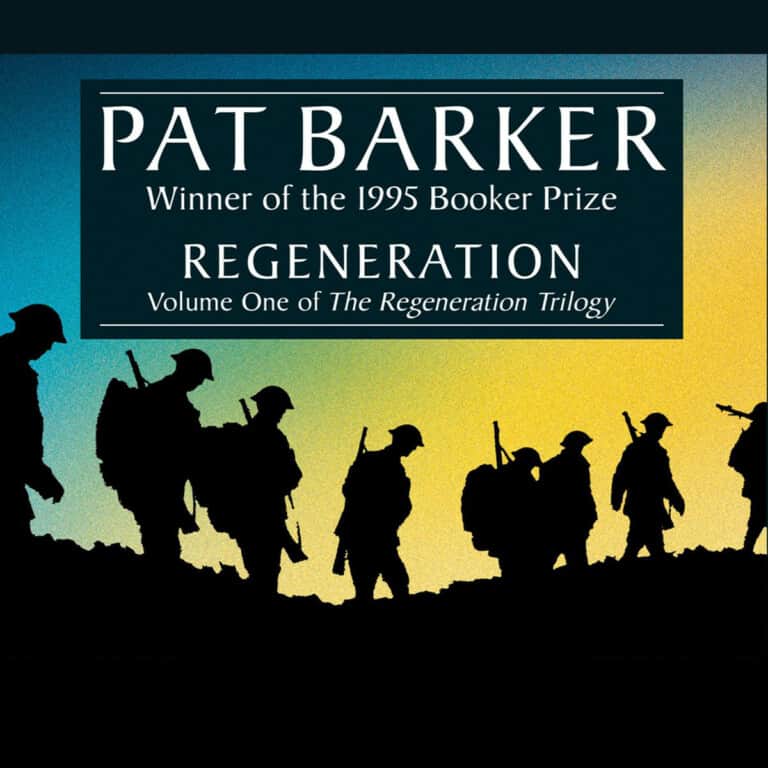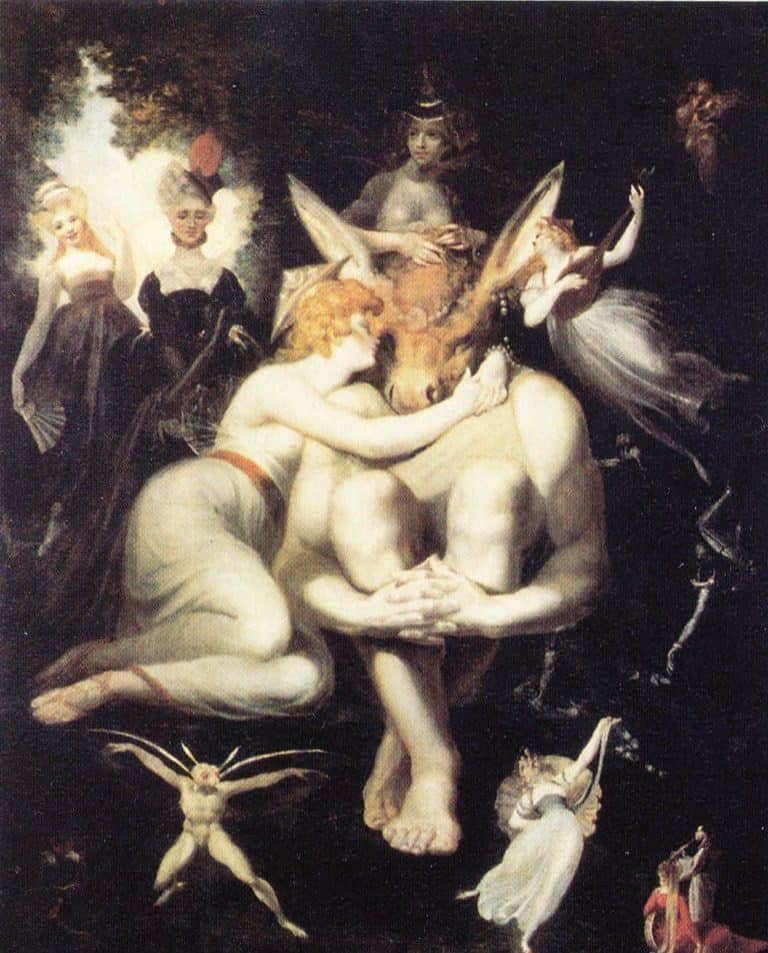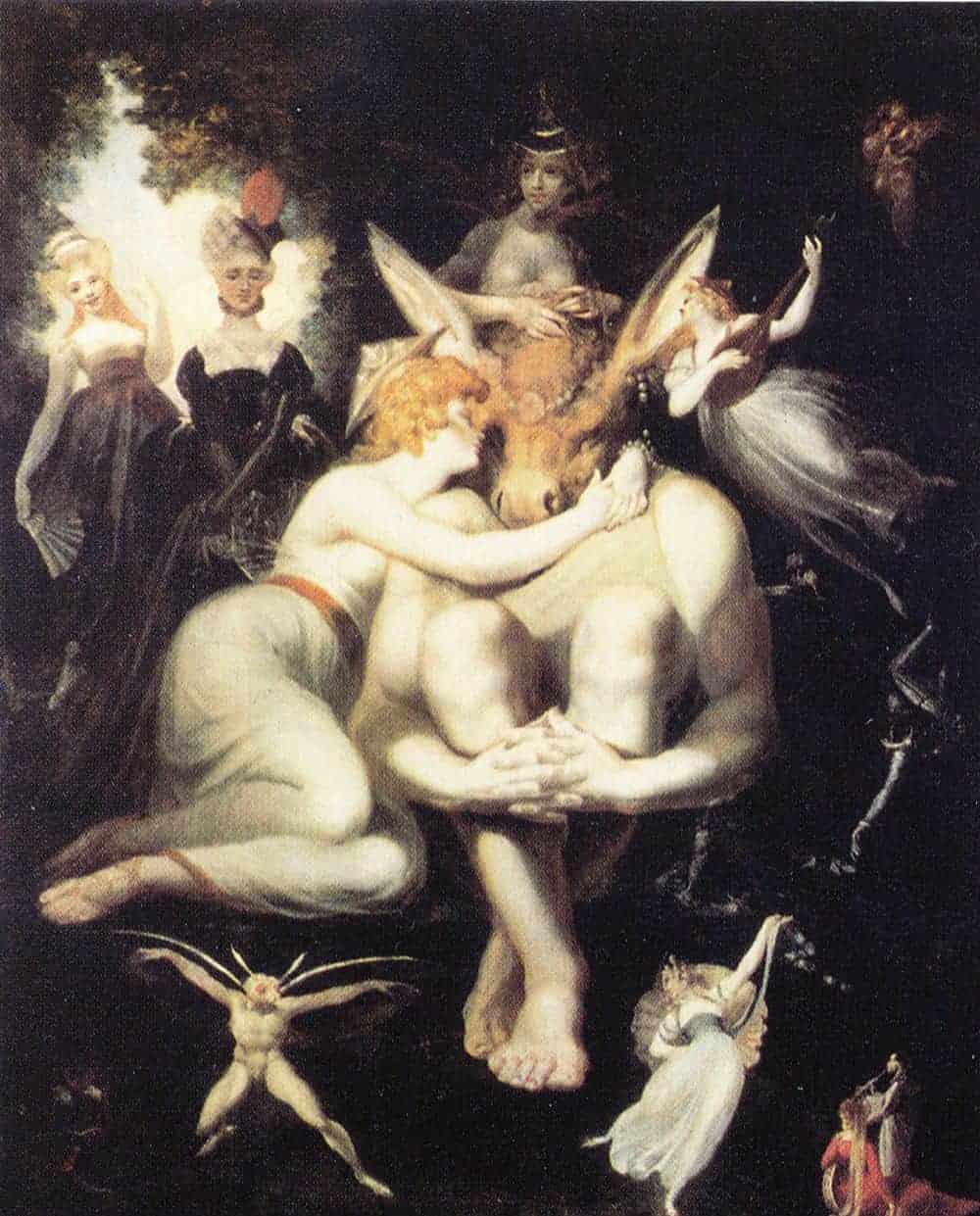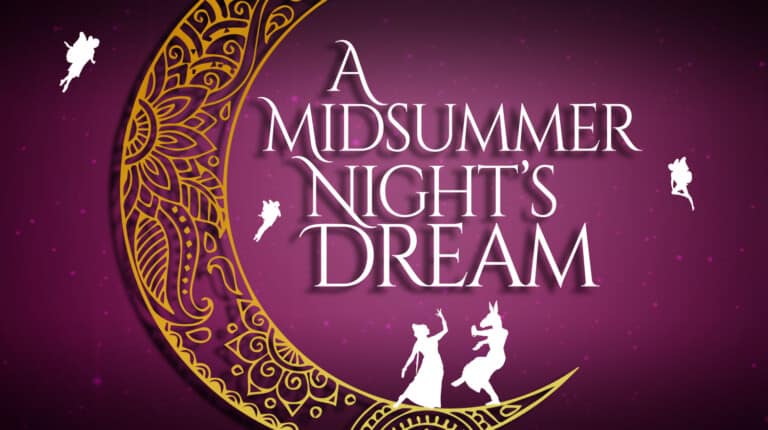I – Characters and structure
Multiplicity of lines. A Midsummer Night’s Dream is remarkable for the many levels of its text. The play is different from Romeo and Juliet or the Taming of the Shrew (which have one main plot) because of the various levels of plots and characters.
There are 4 levels: Theseus and Hippolyta, the young lovers, the mechanicals, and the fairies.
There are connections between:
- Theseus & Hippolyta and the young lovers: made by Theseus, member of court.
- The young lovers: connection through marriage.
- The mechanicals: difference in substance, in social background. Bottom does represent the bottom in many ways, carpenter, weaver, taller…
It is not so much similarity as contrast. It is more from one social circle to the opposite. Shakespeare often involves the lower order of society. The justification is not simply methodological but also social. In the end, the play is a picture of the society (with top and lower orders).
There is a gradation in that social order: from the Duke to the normal people. This enables Shakespeare to make philosophical and social comments on the way society works ( harmony, balance, social order). High society does not necessarily embody perfection.
The introduction of Bottom has a farcical dimension, linked to the Duke and his lover. The connection between the Duke and Bottom exists because the play is put up to pay homage to the Duke and his future wife.
Fairies and friends: break in social circle but also in tone. Fairies take us into the realm of fantasy. There is a balance between couples: the Duke and the future Duchess, Theseus and Hippolyta, Oberon and Titania. The first two couples are to be connected.
Opposition between mortals and immortals. Oberon and Titania argue, they are supposed to be invisible. Theseus and Hippolyta are flesh and blood mortals.
Oberon and Titania fall in love at first sight, have exaggerated demands and quarrel like any ordinary couple: they behave like old mortals.
The plot has been compared to a dance in which you exchange partners with 3 positions:
- Hermia and Lysander.
- Hermia rejected, Lysander and Demetrius fighting for Helena.
- return to harmony.
It also follows the musical tone of the play.
II – Plot and structure
A – City of tension which seems to jeopardize the forthcoming activities
Conflict between father and daughter. Impact on the whole society: Elizabethan theory about balance. The rebellion by two individuals also implies a rejection of the norms of he society. The lovers rejecting the laws of Athens have to leave and go to the woods.
Rejection of authority (both the father’s and the Prince’s authority). Consequently, the woods function as a sheltering place.
B – The forest
Opposition between the town and the country: Athens~wood and culture~nature. The woods are a rich symbolic place in literature: they are a going back to nature, a return to something which is simple and unsophisticated.
The wood is a place of freedom as opposed to the constraints of the law of society, where one can break the rigidity of concentration of the city life. It is a beneficent place where the spirit of rebirth and rejuvenation is to be found.
It is a place of fun (break of rigidity) but also a dangerous place because it is dark and you can face a lion (Pyramus and Thisbe). Wild animals and wild men. It is a kind of maze, a labyrinth where you are likely to lose your wy and yourself (it is nearly what happened to Titania).
The wood is the symbol of the unconscious (c.f.. E. Young). We are in the realm of fantasy and imagination. It destabilizes but at the same time, it is also the forest that enables the return to contentment and order. It is a kind of necessary passage. The disorder of the forest enables a return of the end:
- wood v. Athens
- rational v. irrational
- night v. day
- waking v. dreaming
The play is a parenthesis in everyday life, it is festive. Holiday time: allowed to break the rules (law v. transgression).
C – Return to harmony – recovery – wedding festivities
It is a comedy: all is well that ends well. It would be wrong to say that the end is a return to the beginning: you cannot forget what happened in between : they achieved serenity and acceptance of authority.
The final act is often interpreted as a conclusion (postlude) to the whole play (see Act 5, scene1, l.414: Puck’s and Oberon’s comments at the end of the play.
III – A play within the play
The play has an embedded structure, with a flash of genius which contributes to the success of A Midsummer Night’s Dream. Introduction of a ridiculous character, Bottom, whom Titania must fall in love with (Oberon’s plan is to make Titania ridiculous).
Pyramus and Thisbe are parallel to the main subject. The play is about going into the woods and face the danger.
The tone of the subplot turns into comedy and verges on farce. These actors are unfit to be actors: this creates a discrepancy between the main plot and the subplot, which is very funny.
The play reminds us of Romeo and Juliet: split, tension, family disunion but the most important justification is probably Shakespeare’s reflection on dramatic art: absence of women, problems of representation (moon..), and liability (the lion is not a real lion: how to persuade the public..). It is a mockery of bad drama: plenty of mispronunciations. Good example of “mock tragedy”.
It is easy to consider the subplot as a parody of the main plot. The play is very complex and parallels the complexity of themes and tones, and so many disconnected elements fit in so nicely in the end: that can account for the success of the play. The beginning and the end are set in the city, the middle is set in the woods.
